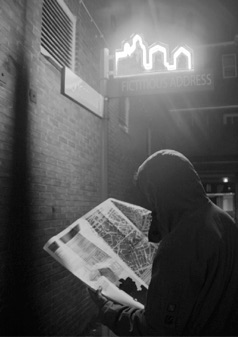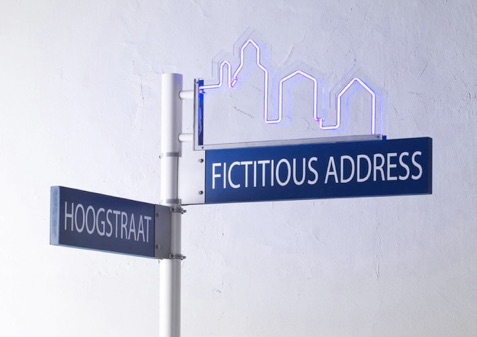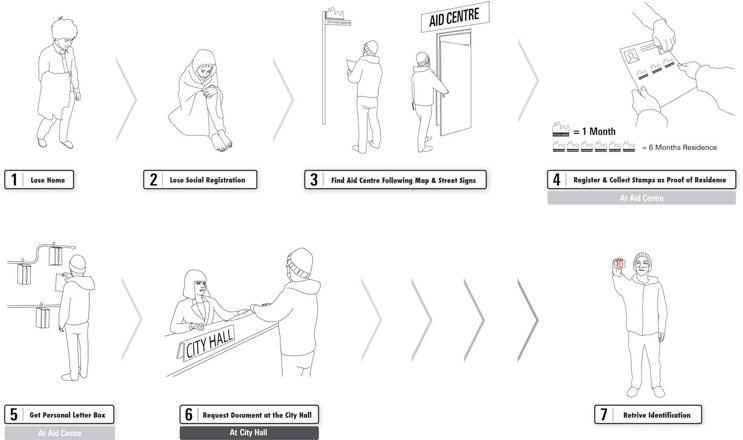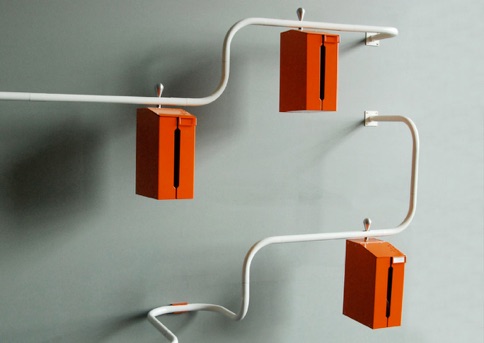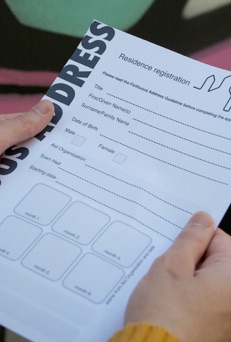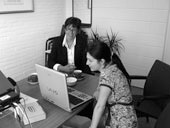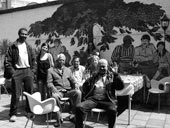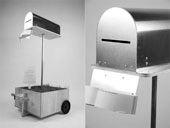Many Homeless people currently live without documents, such as an Identity card or a passport. Without documents it is impossible to exercise basic rights, such as the right to vote, be hospitalized, have a job or take a pension.
The denial of these rights leads to a “domino effect” that makes extremely difficult to actively obtain those documents and this often results in cases of increased criminality and exploitation.
In order to have back his personal documents a homeless needs a Residence Registry. To be subscribed to the residence registry the law applied in European countries, asks to citizens to provide a proof that they live in a specific territory. Normally, everybody can use a legal proof, such as a house work contract, but for a homeless it is usually very difficult to find it.
Fictitious Address involved the delicate and complex theme of Homelessness and features a Product Service System that guide homeless to get back their rights. Being the project entirely Co-Designed with homeless, lawyers, social workers and several social enterprises, the system helps homeless people to get back crucial documents they have lost.
